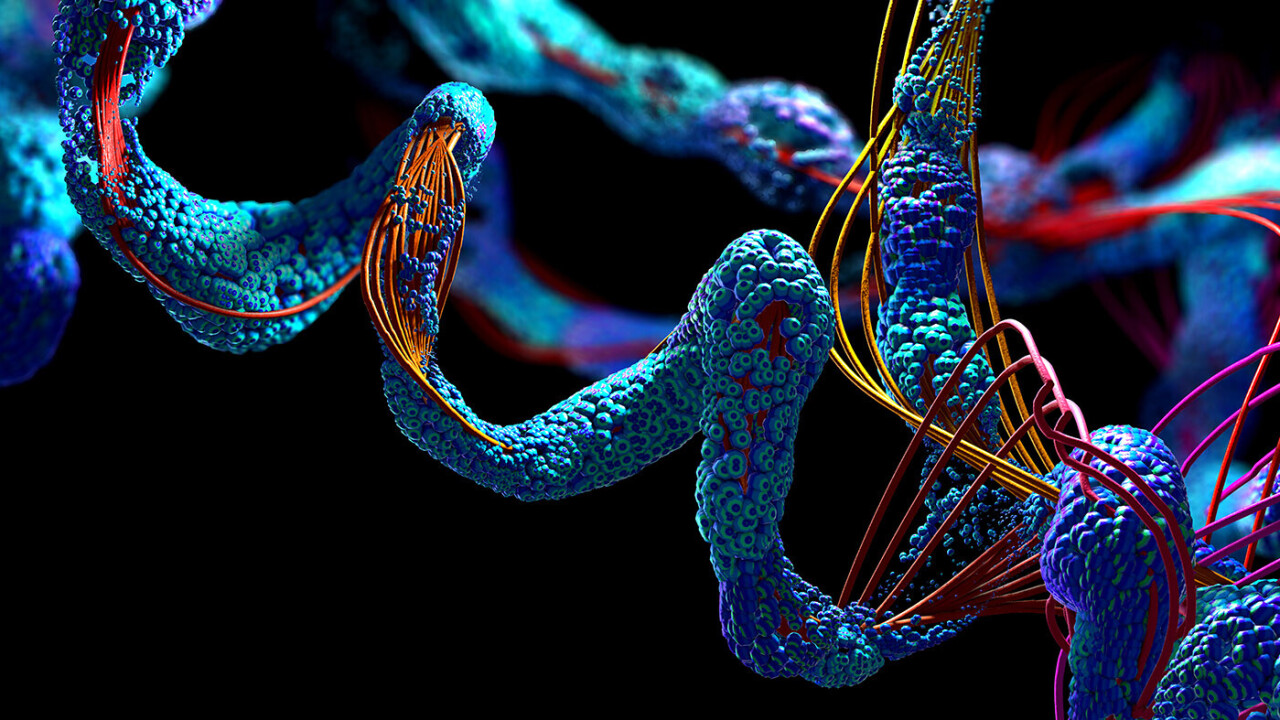10 Strategies to Get an A in Form Four Chemistry
Master chemical concepts, equations, and problem-solving techniques
Chemistry is often considered challenging, but with the right approach, you can master the subject and excel in your Form Four examinations. Success in chemistry requires understanding fundamental concepts, practicing problem-solving, and developing effective study habits. These 10 proven strategies will help you build a strong foundation in chemistry and achieve that coveted A grade.
1 Master Chemical Equations and Stoichiometry
Chemical equations form the language of chemistry. Practice writing, balancing, and interpreting chemical equations until it becomes second nature. Stoichiometry is the mathematical relationship between reactants and products in a chemical reaction.
For the reaction: 2H₂ + O₂ → 2H₂O, you should be able to calculate that 4g of hydrogen gas reacts with 32g of oxygen gas to produce 36g of water. Practice mole-to-mole, mass-to-mass, and volume calculations until you can solve them quickly and accurately.
2 Understand the Periodic Table Trends
The periodic table is organized to reveal patterns in element properties. Memorize key trends like atomic radius, ionization energy, electronegativity, and electron affinity across periods and down groups.
Understand why atomic radius decreases across a period (increased nuclear charge pulls electrons closer) but increases down a group (additional electron shells). Apply this knowledge to predict which element in a pair has higher ionization energy or greater metallic character.
3 Practice Mole Concept Calculations
The mole concept is fundamental to quantitative chemistry. Become proficient in converting between mass, moles, number of particles, and volume of gases at standard conditions.
Calculate the number of molecules in 11g of CO₂. First, find moles: 11g ÷ 44g/mol = 0.25 moles. Then multiply by Avogadro's number: 0.25 × 6.02×10²³ = 1.505×10²³ molecules. Practice these calculations until they become automatic.
4 Master Organic Chemistry Nomenclature
Organic chemistry has its own naming system. Learn the IUPAC rules for naming hydrocarbons, functional groups, and isomers. Practice drawing structures from names and naming compounds from structures.
For the compound CH₃-CH₂-CH₂-CH₃, the name is butane. For CH₃-CH(CH₃)-CH₃, the name is 2-methylpropane. Learn to identify and name functional groups like alcohols (-OH), aldehydes (-CHO), and carboxylic acids (-COOH) in various compounds.
5 Understand Acid-Base Theories
Master the Arrhenius, Brønsted-Lowry, and Lewis definitions of acids and bases. Understand pH calculations, titration curves, and buffer solutions.
Calculate the pH of a 0.01M HCl solution. Since HCl is a strong acid, [H⁺] = 0.01M. pH = -log(0.01) = 2. For a weak acid like acetic acid, you would need to use the acid dissociation constant (Kₐ) to calculate pH.
6 Practice with Past Papers Under Timed Conditions
Familiarize yourself with the exam format, question styles, and time constraints by regularly practicing with past papers. This builds exam technique and helps identify areas needing improvement.
Set aside the official exam time to complete a full past paper. Pay attention to command words like "define," "explain," "calculate," and "suggest" - each requires a different approach. After completing the paper, review the marking scheme to understand what examiners expect.
7 Create Reaction Summary Charts
Organize chemical reactions by type (synthesis, decomposition, displacement, redox) and by functional group in organic chemistry. Visual summaries help you see connections and patterns.
Create a chart showing all reactions of alkenes: addition of hydrogen (hydrogenation), halogens, hydrogen halides, and water (hydration). Include conditions, catalysts, and equations for each reaction. This visual organization makes revision more efficient.
8 Master Laboratory Techniques and Safety
Chemistry practicals are an important component of the exam. Understand common laboratory techniques, equipment, and safety procedures. Be able to describe experiments and interpret results.
Know how to set up and perform a titration: rinsing equipment, using the burette and pipette correctly, adding indicator, and determining the endpoint. Be able to calculate concentration from titration data and understand potential sources of error.
9 Understand Energetics and Equilibrium
Grasp the concepts of enthalpy, entropy, and free energy changes in reactions. Understand how Le Chatelier's principle predicts the effect of changes on equilibrium systems.
For the Haber process: N₂(g) + 3H₂(g) ⇌ 2NH₃(g) ΔH = -92 kJ/mol, predict how increasing temperature, pressure, or concentration of reactants affects the equilibrium position. Apply Le Chatelier's principle to explain why industrial conditions are chosen as a compromise.
10 Form Study Groups for Problem-Solving
Collaborative learning allows you to explain concepts to others, ask questions, and gain different perspectives on challenging topics. Teaching others reinforces your own understanding.
In a study group, take turns solving different types of problems. If you're explaining how to calculate empirical formula from percentage composition, your peers might ask questions that reveal gaps in your understanding. Working through challenging stoichiometry problems together often leads to "aha!" moments for everyone.
For More Resources and Past Papers
Contact MITIHANI POPOTE for comprehensive exam preparation materials


No comments
Post a Comment